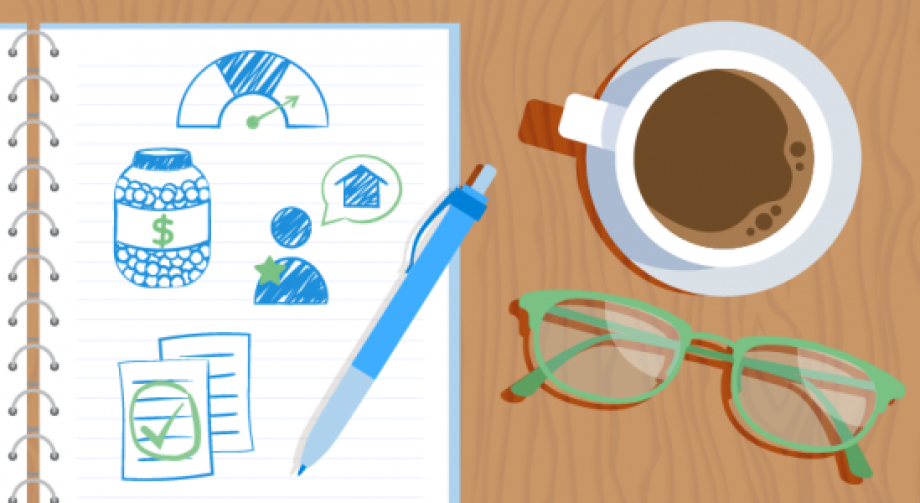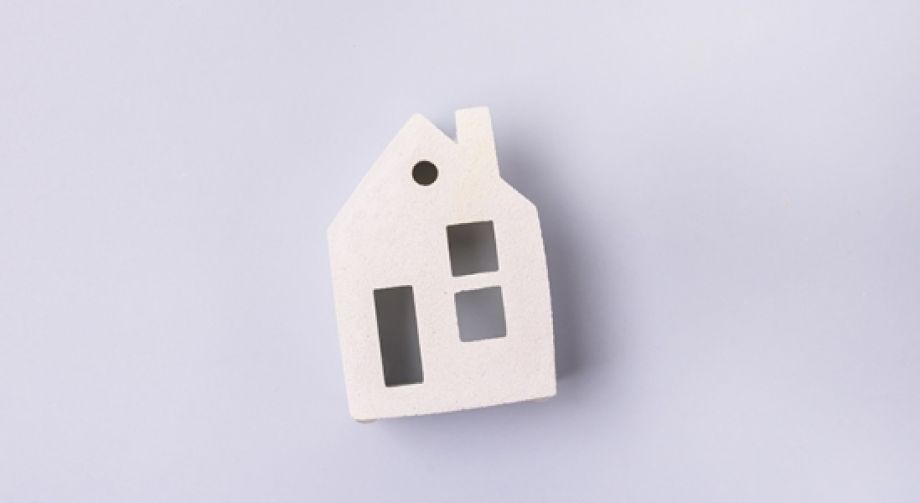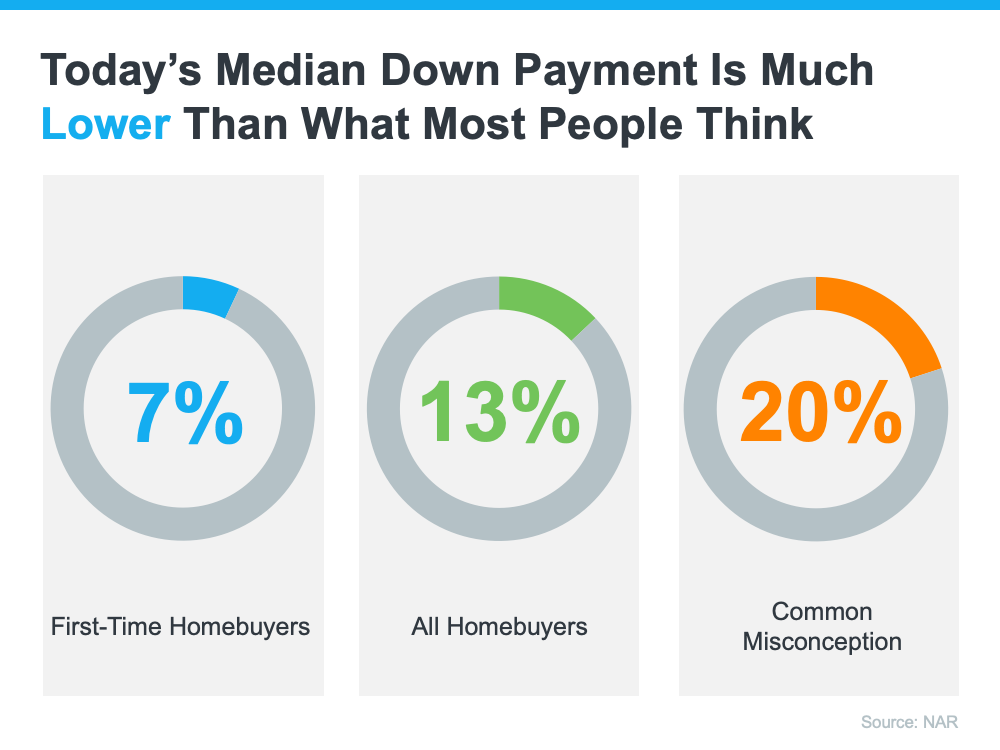Don’t Let Student Loans Delay Your Homeownership Dreams
If you’re looking to buy a home, you may be wondering how your student loan debt could impact those plans. Do you have to wait until you’ve paid off your student loans before you can buy your first home? Or could you qualify for a home loan with that debt?
To give you the answers you’re searching for, let’s take a look at what recent data shows. That way, you know what to expect and what to do next to achieve your dream of becoming a homeowner. While everyone’s situation is unique, your goal may be more within your reach than you realize.
Do you have to delay your plans because of student loans?
If you’re worried your student loans mean you have to put your homeownership goals on hold, you’re not alone. In fact, many first-time buyers believe they have to delay their plans. According to data from the National Association of Realtors (NAR):
“When asked specifically about purchasing a home, half of nonhomeowners say student loan debt is delaying them from purchasing a home (51%).”
When asked why their student loans are putting their plans on the back burner, three key themes emerged:
- 47% say their student loans make it harder to save for a down payment
- 45% say they think they can’t qualify for a home loan because of existing debt
- 43% say they believe the delay is necessary even though they’ve never applied for a mortgage
No matter which reason resonates most with you, you should know a delay may not be necessary. Here’s why.
Can you qualify for a home loan if you have student loans?
In the same NAR report, data shows many current homeowners have student loan debt themselves:
“Nearly one-quarter of all home buyers, and 37% of first-time buyers, had student debt, with a typical amount of $30,000.”
That means other people in a similar situation were able to qualify for and buy a home even though they also had student loan debt. You may be able to do the same, especially if you have a steady source of income. Apartment Therapy drives this point home:
“. . . buying a home with student loans is possible, experts say. The proof is in the numbers, too: Some 40 percent of first-time homebuyers have student loan debt, according to the NAR study.”
The key takeaway is, for many people, homeownership is achievable even with student loans.
The best way to make a decision about your goals and next steps is to talk to the professionals. A real estate advisor can walk you through your specific situation, your options, and what has worked for other buyers like you. They can also connect you with other professionals in the industry who can help. You don’t have to figure this out on your own – lean on the experts so you have the information you need to make an informed, confident decision.
Bottom Line
Many other buyers with student loan debt are already achieving their homeownership dreams. Maybe it’s time to take the next step toward making yours a reality. Let’s connect to discuss your options and find out how close you are to achieving your goal.


![How To Hit Your Homebuying Goals This Year [INFOGRAPHIC] | Simplifying The Market](https://susanstoehrhomes.com/wp-content/uploads/2022/01/20220107-MEM.png)


